Baths of Caracalla, UNKNOWN DESIGNER, Classical Roman, ROME, Italy, 212 AD
add: captions & vocab
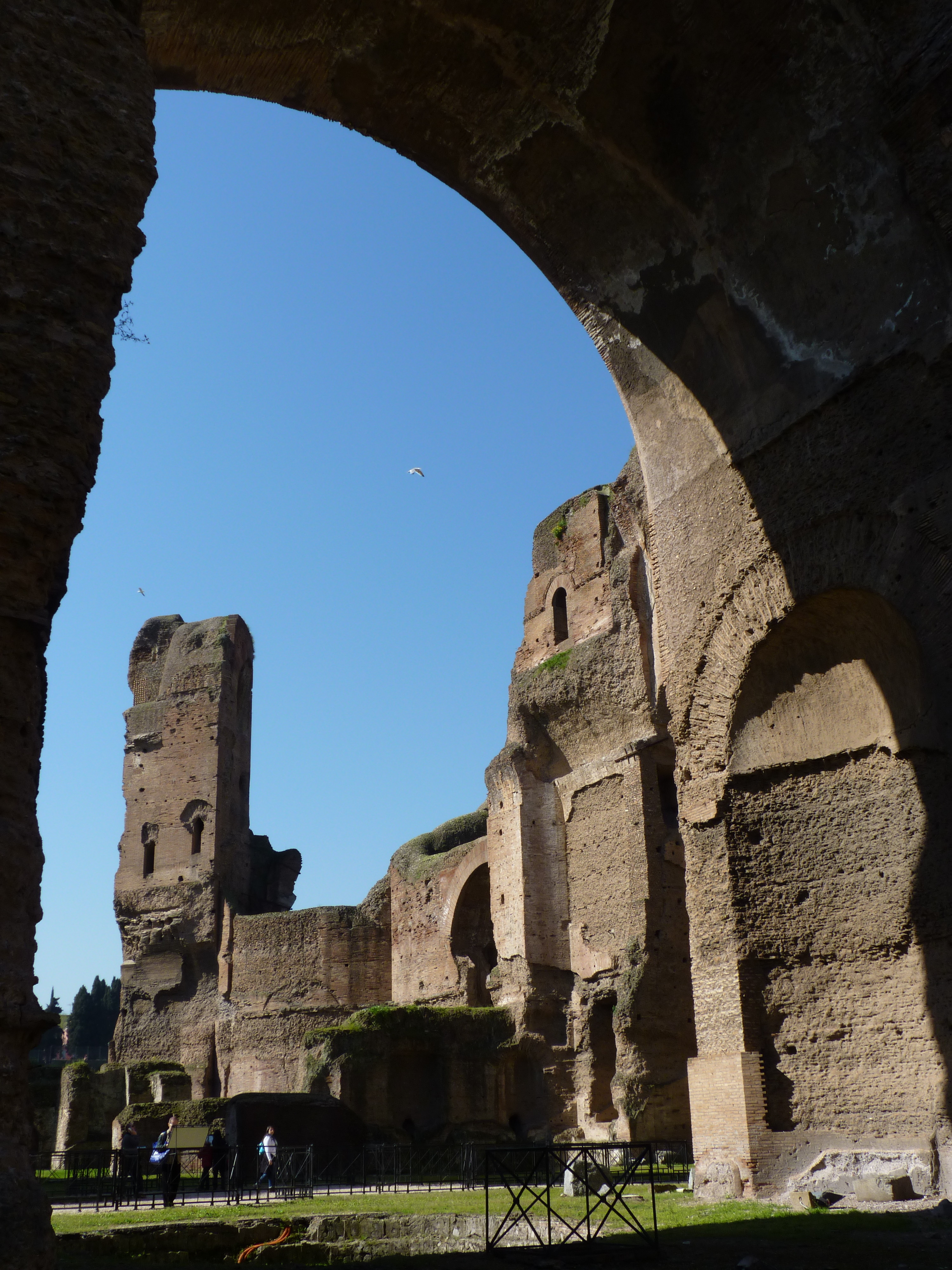
Image 1: View of the baths of Caracalla
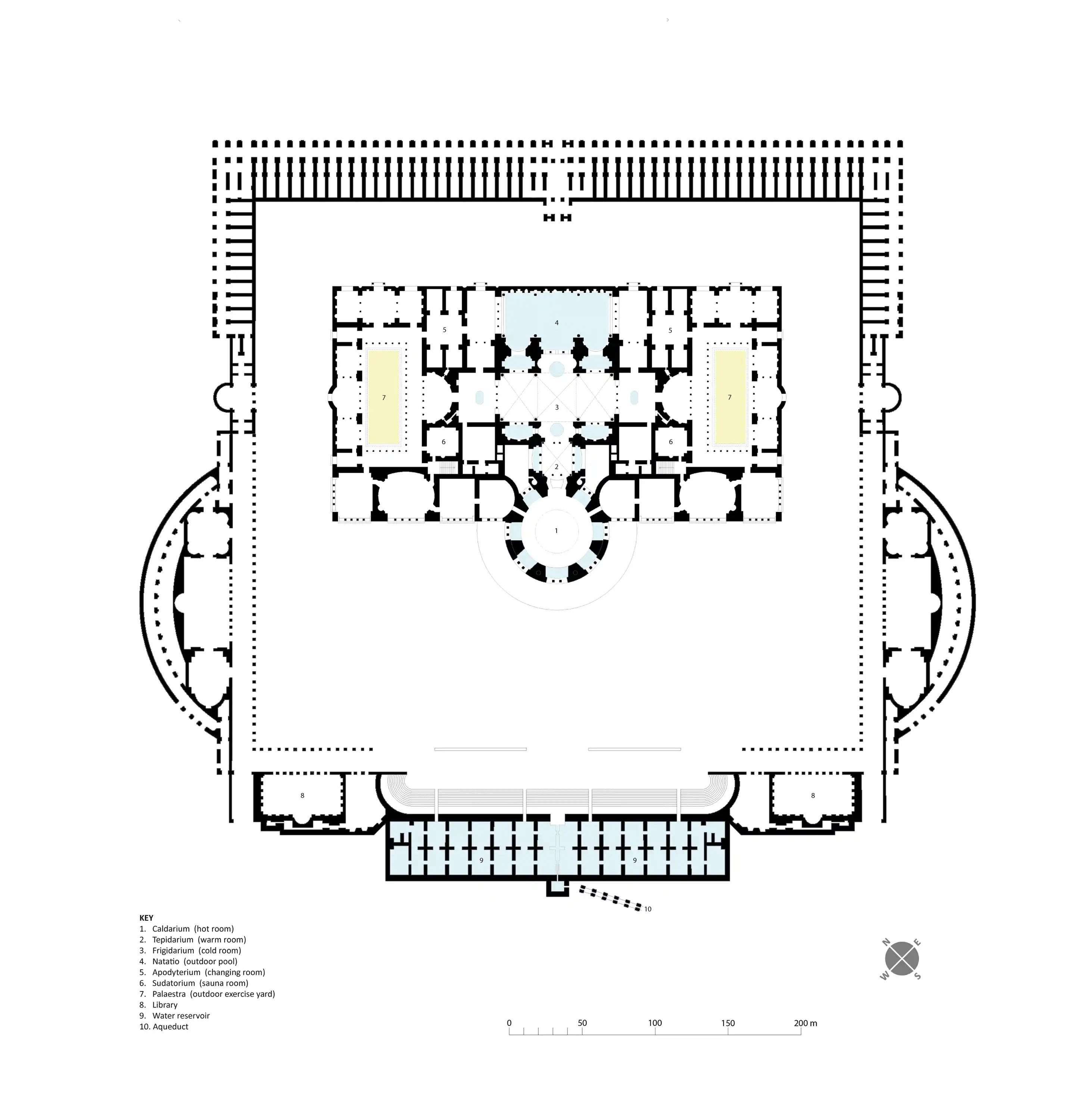
Image 2: Plan of Baths of Caracalla
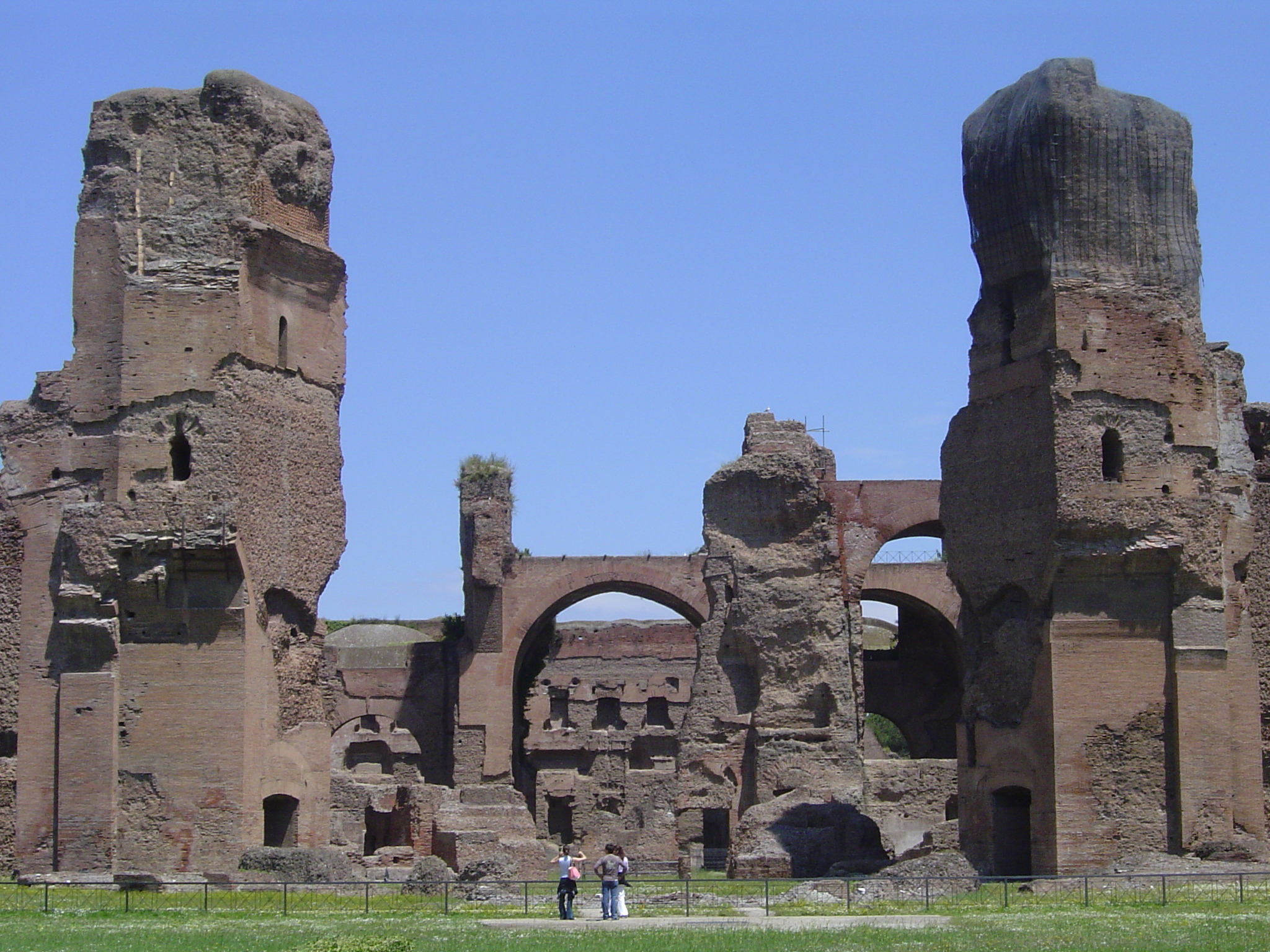
Image 3: Image showing the scale of the baths
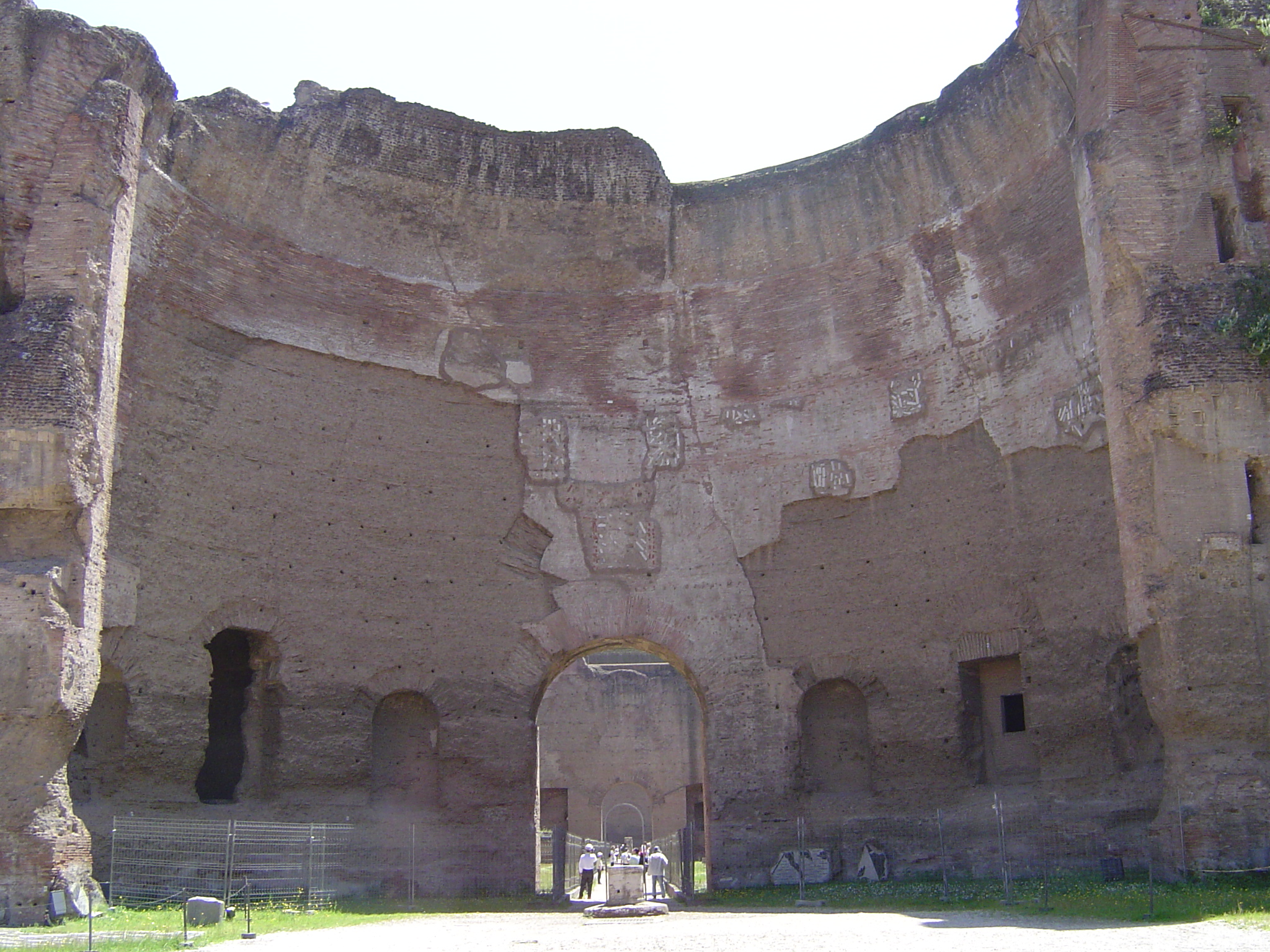
Image 4: Image showing the scale of baths
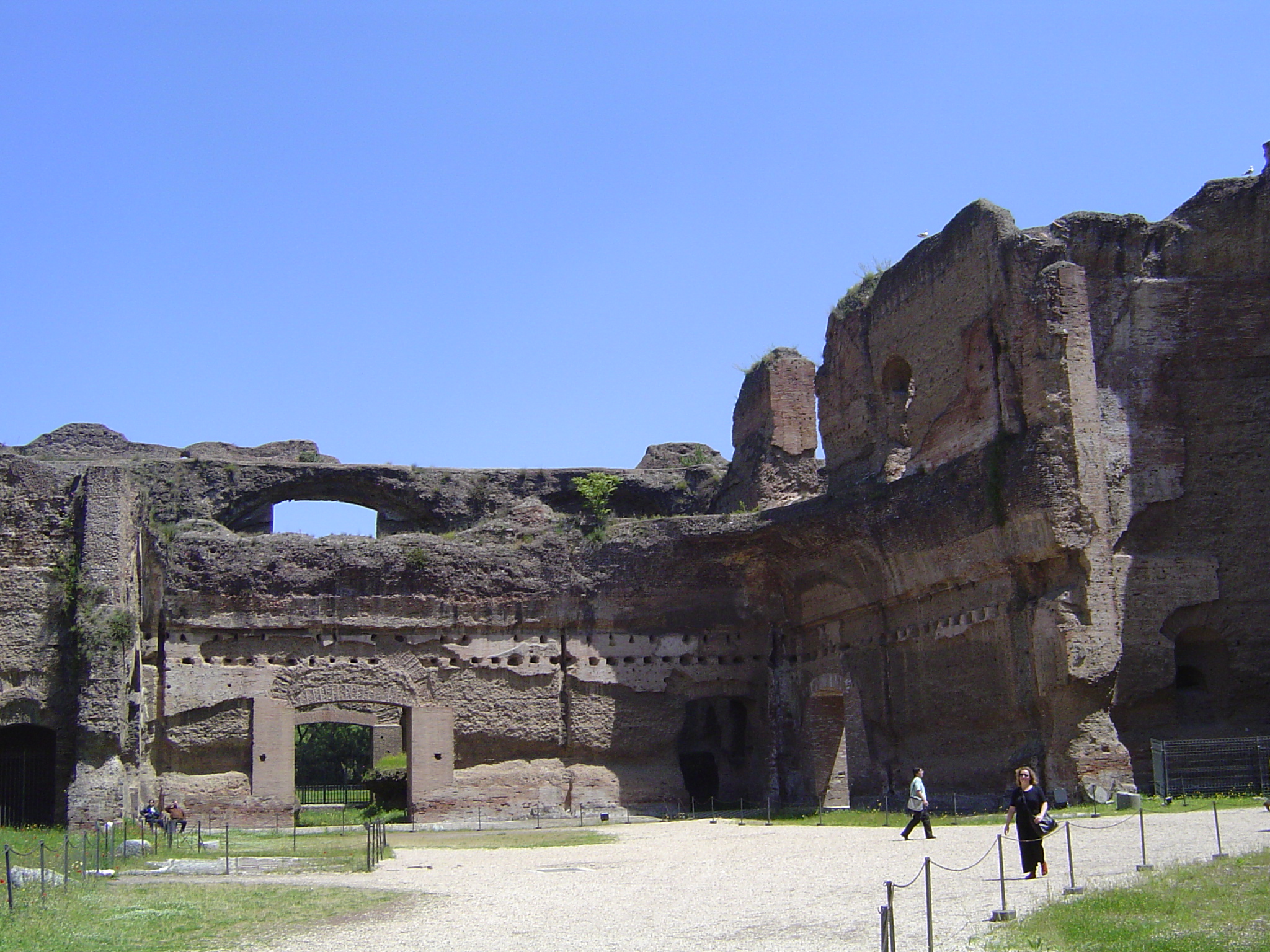
Image 5: Image showing scale of the baths
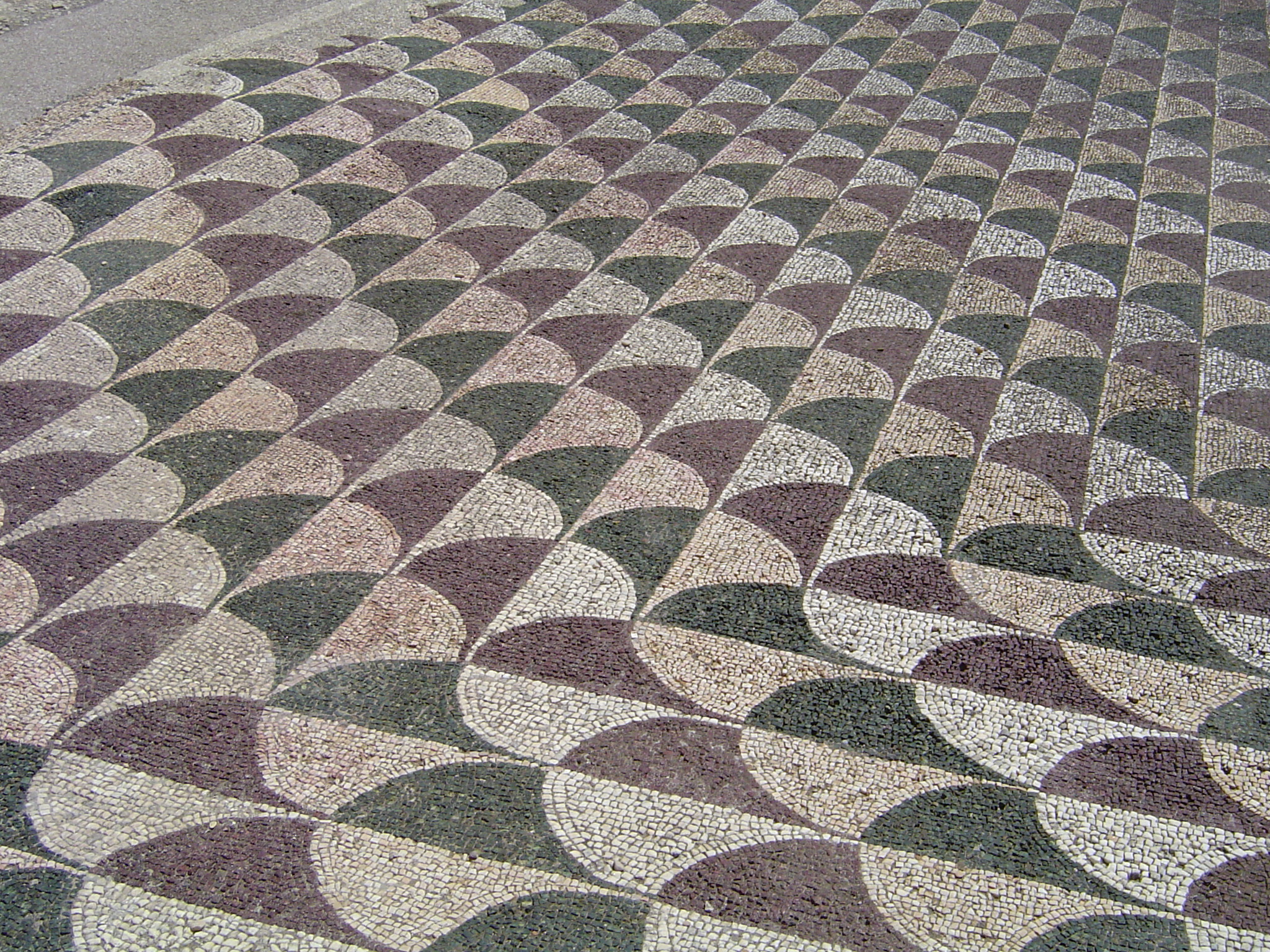
Image 6: Decorative Mosaics
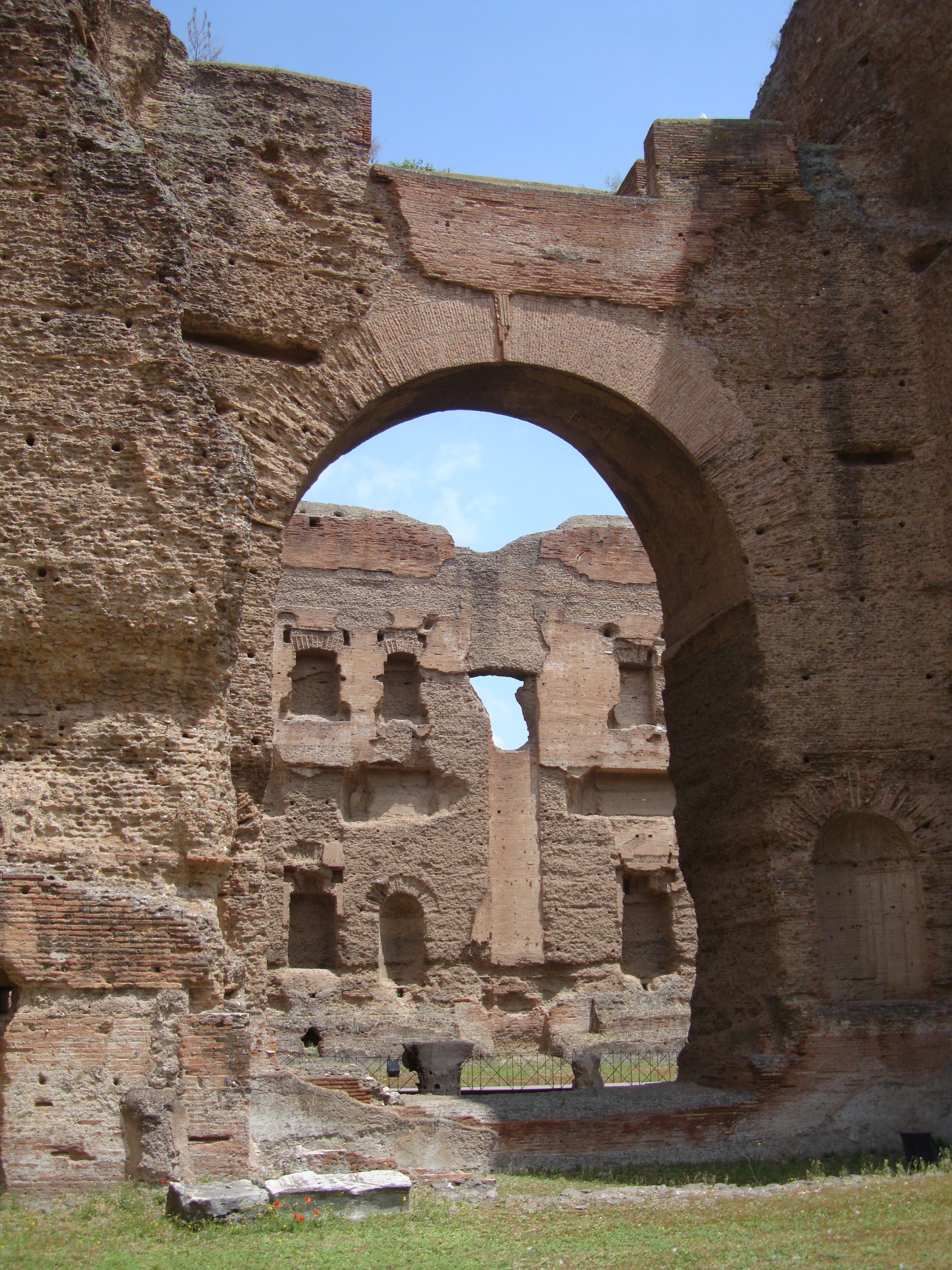
Image 7: Notches in stone show areas where wooden beams would be held
The Baths of Caracalla were a space for much more than cleaning the body (image 1). Located in eastern Rome, the baths in Classical Roman times were a social experience and included more than the exclusive experience of bathing. There were a number of other bath buildings in Rome and Classical Roman cities around the world. Because of their scale, many bath buildings have been repurposed or in ruins. Bath, England has recently preserved the Classical Roman baths as a museum and contemporary spa. Though the Baths of Caracalla are in ruins today, the scale and presence of materiality reminds one of the ingenuity the Classical Romans accomplished at this site.
The site had three temperature baths to experience (image 2). The FRIGIDARIUM is the coldest temperature bath and the first in the sequence at Baths of Caracalla. The TEPIDARIUM is a bath of medium temperature. The CALDARIUM is a bath, hot in temperature. There was a procession in temperature from cold to the hierarchy of the caldarium at the end of the sequence. Additional spaces in the interior bath building included pools, locker rooms and saunas as part of the social bathing experience.
In plan and section, the caldarium created hierarchy through a number of means. In plan, the caldarium has the clearest, well defined shape that is extruding from the interior building of the baths. In section, the caldarium was a clear cylinder that was the tallest in the interior building. When looking at the caldarium in relation to the larger Baths of Caracalla complex, it is located at the center of the larger complex. Many other activities were happening at the Baths of Caracalla. Libraries and stadium were included, a place to exercise mind and body. Before one entered into the larger Caracalla building, a stoa or shopping area wrapped around the entry façade.
Today there are no roofs covering it the interior spaces but one can understand the scale of the facilities (see people images 3 and 4). Concrete is the primary structural material for the building, in areas as tall as five stories. Today we use steel to reinforce concrete to create the scale of space the Romans achieved. The concrete would have been likely covered by brick and in more important areas, covered with decorative mosaics for either floors, walls or ceilings (image 6). There are also clues in the ruins of Caracalla regarding structure and materiality. Notches in the concrete would have held wooden beams creating floors and ceilings (image 5).
Media Attributions
- Ruins of the Baths of Caracalla © Damian Entwistle is licensed under a CC BY-NC (Attribution NonCommercial) license
- Baths of Carcalla Plan © Sir Bannister Fletcher is licensed under a All Rights Reserved license
- Ruins of the Baths of Caracalla © Aimee Moore is licensed under a CC BY-NC (Attribution NonCommercial) license
- Ruins of the Baths of Caracalla © Aimee Moore is licensed under a CC BY-NC (Attribution NonCommercial) license
- Ruins of the Baths of Caracalla © Aimee Moore is licensed under a CC BY-NC (Attribution NonCommercial) license
- Mosaics at the Baths of Caracalla © Aimee Moore is licensed under a CC BY-NC (Attribution NonCommercial) license
- Ruins of the Baths of Caracalla © Jens Olaf Walter is licensed under a CC BY-NC (Attribution NonCommercial) license
a bath, cold in temperature, usually the first in the sequence of three baths
a bath, medium or tepid in temperature
a bath, hot in temperature, usually lasts in the sequence of three baths.
